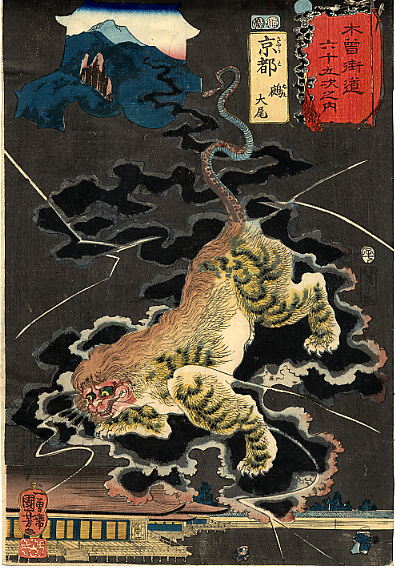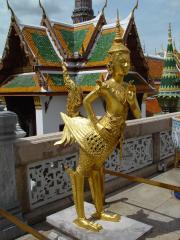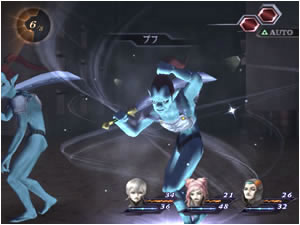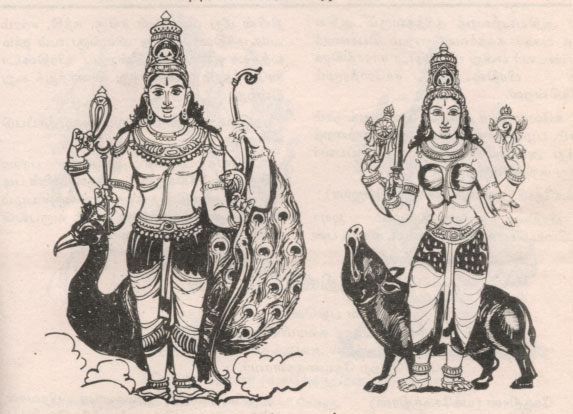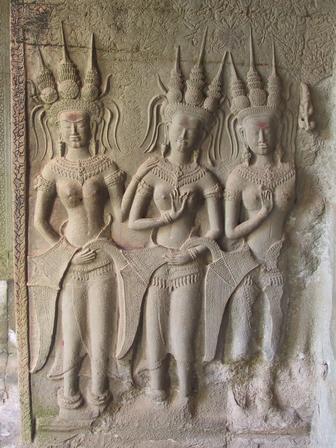Part 34
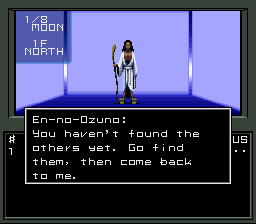
Also: Lost all his minions when he was transported.
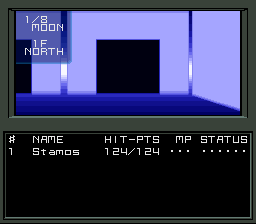


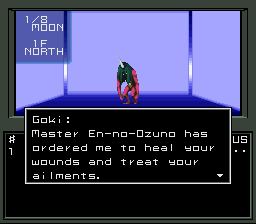
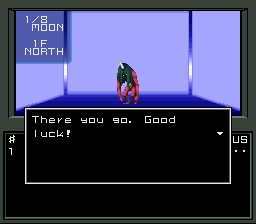
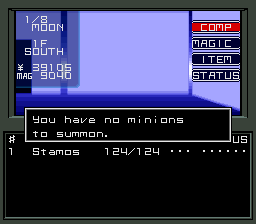
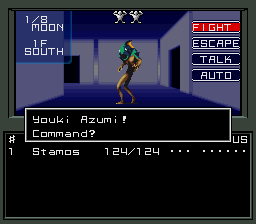
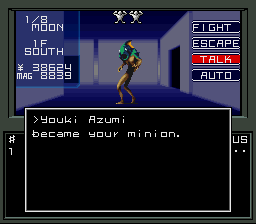
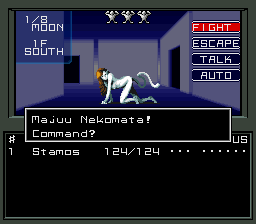
Wikipedia posted:
A bakeneko (化け猫, bakeneko? "monster cat") is, in Japanese folklore, a cat with supernatural abilities akin to those of the fox or raccoon dog. A cat may become a bakeneko in a number of ways: it may reach a certain age, be kept for a certain number of years, grow to a certain size, or be allowed to keep a long tail. In the last case, the tail forks in two and the bakeneko is then called a nekomata (猫又, nekomata? ,猫叉, or 猫股 "forked cat"). This superstition may have some connection to the breeding of the Japanese Bobtail.
A bakeneko will haunt any household it is kept in, creating ghostly fireballs, menacing sleepers, walking on its hind legs, changing its shape into that of a human, and even devouring its own mistress in order to shapeshift and take her place. When it is finally killed, its body may be as much as five feet in length. It also poses a danger if allowed into a room with a fresh corpse; a cat is believed to be capable of reanimating a body by jumping over it.
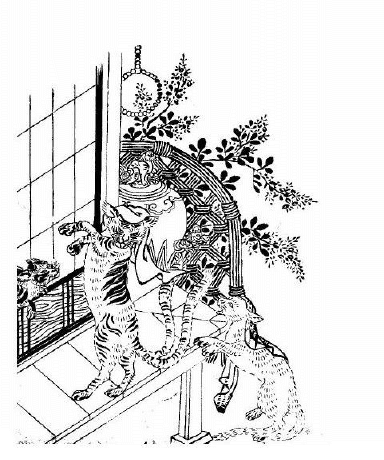

Also, much, much less ninja-like than the design used in SMT3.
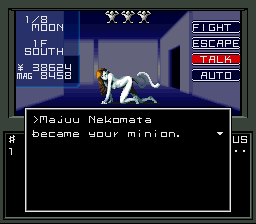
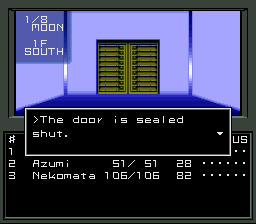
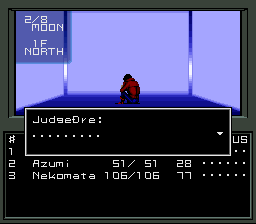
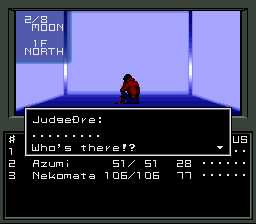
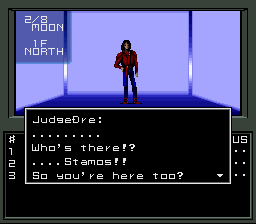


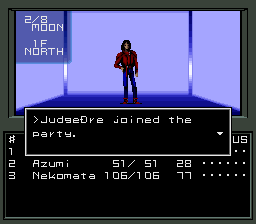
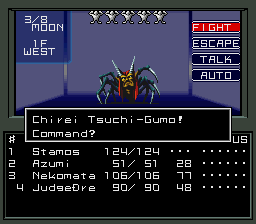
Wikipedia posted:
The Tsuchigumo (土蜘蛛, Tsuchigumo?) were a people of ancient Japan, believed to have lived in the Japanese Alps until at least the Asuka period. The name means "ground spider", likely due to perceived physical traits that were later exaggerated or embellished. A spider-limbed monster of the same name appears in some Japanese folktales, which possibly were mythical retellings of battles against these peoples.
The most famous example is that of Minamoto no Raiko. In this story, Raiko investigates tales of a giant skull flying through the air. He and his retainers chase the skull, but it eludes them. It is during this chase he found a youth named Kintaro. Raiko, impressed by Kintaro's strength, added him among his retainers and continued on his venture. The search for the skull proved fruitless, and Raiko retired for the night. At the house where they stayed, Raiko found himself feeling ill, and a young servant boy brought him medicine daily under the pretense of helping him to recover. Raiko continued to grow ill, and began to suspect the boy of mischief. He waited for the daily visit and then lashed out, striking the boy and causing him to run wailing from the house. This broke a powerful illusion, and Raiko found himself covered in a spider's web. His retainers freed him, and together they tracked down the boy by his trail of blood. They followed it into the mountains, and there found a huge spider, dead from a sword wound.
There are many alternate tellings of this popular story. In another famous version, instead of being a small boy, the Tsuchigumo appears as a beautiful woman leading an army of Yokai. Raiko's retainers prepare to battle the Yokai, but Raiko avoids them and strikes the woman, causing them to disappear as if an illusion. He then follows the woman to a cave in the mountains where she becomes the great spider, and after a battle splits her open. Even in death, several thousand spiders the size of human infants are said to have crawled from the Tsuchigumo's belly. Raiko and his retainers claimed total victory only after having made sure every last one was slain.

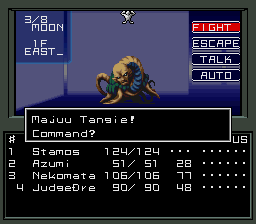
I don't think that either description works.Pantheon.org posted:
A water-spirit of the Orkneys appearing as a man covered with seaweed or as a little sea-horse.

Wikipedia posted:
A nue (鵺) is a legendary creature found in Japanese folklore. It has the head of a monkey, the body of a raccoon dog, the legs of a tiger, and a snake instead of a tail. A nue can also transform into a black cloud and fly around. Due to its appearance, it is sometimes referred to as a Japanese chimera.
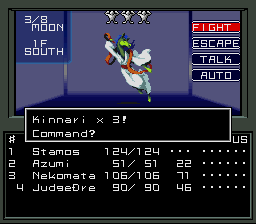
I dunno, but for some reason that looks more like a horse to me than a bird (the ingame mode, I mean)Wikipedia posted:
In Buddhist mythology and Hindu mythology, a kinnara is a celestial musician, half-human and half-bird. One of the ancient Indian string instruments also is known as Kinnari Veena. They are featured in the Lotus Sutra.
Kinnaris, the female counterpart of Kinnaras, are depicted as half-bird, half-woman creatures in Southeast Asian mythology. One of the many creatures that inhabit the mythical Himavanta. Kinnaris have the head, torso, and arms of a woman and the wings, tail and feet of a swan. She is renowned for her dance, song and poetry, and is a traditional symbol of feminine beauty, grace and accomplishment.
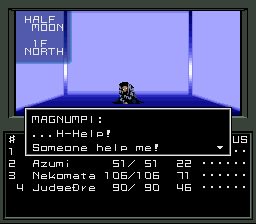
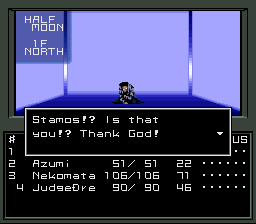
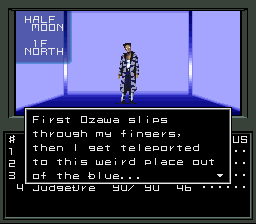

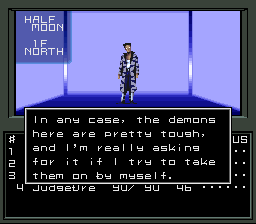

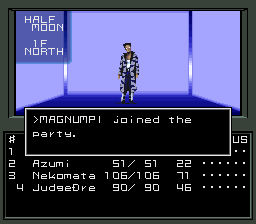
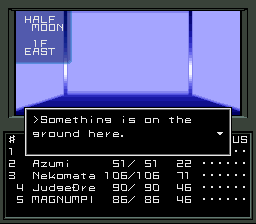
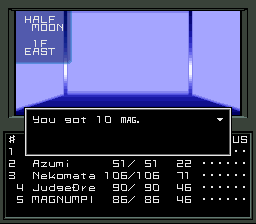
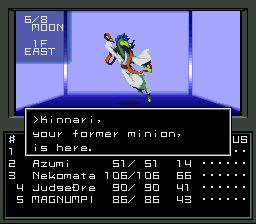
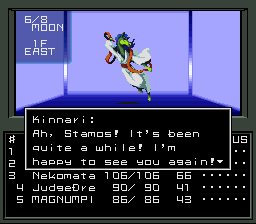

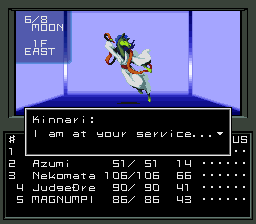
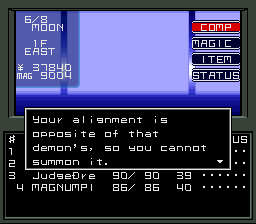
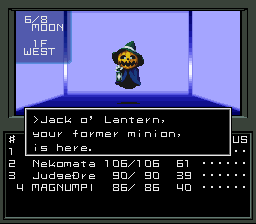
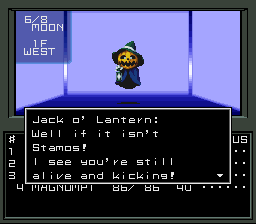
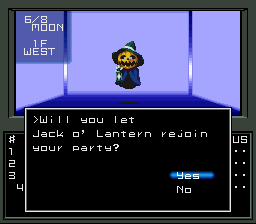
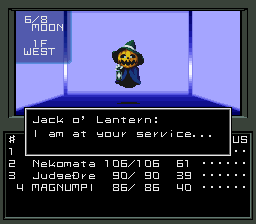
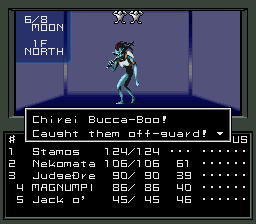
Megaten Wiki posted:
Buccas were a variety of Cornish fairies or goblins. They go by other names such as knockers and coblynau depending on the country they are in. Bucca-boo is possibly related to Bucca-du or Black Bucca which who was more evil but this is probably unlikely. They inhabit mines, and are said to be the ghosts of Jewish tinners.
They can either be helpful and make knocking sounds indicating where a vein of metal is, or they are malicious and predict the death of miners by knocking.
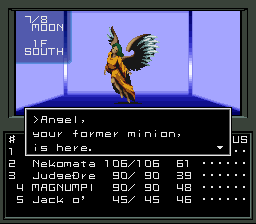
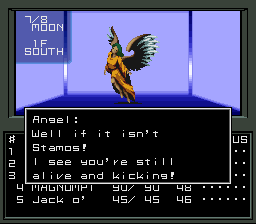

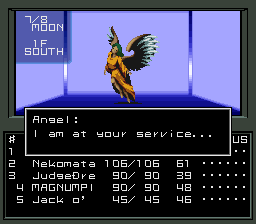
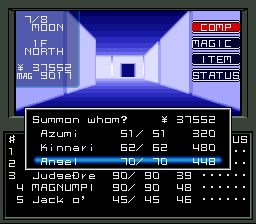
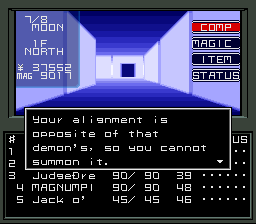
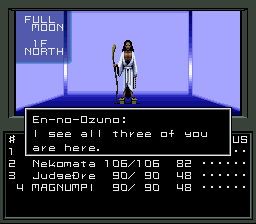










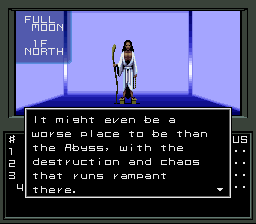
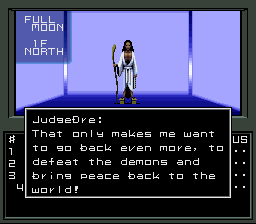



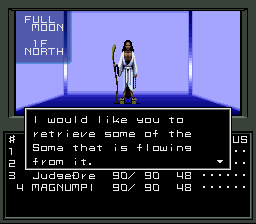

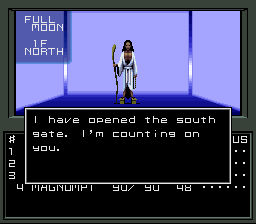
Nothing better to do, so...

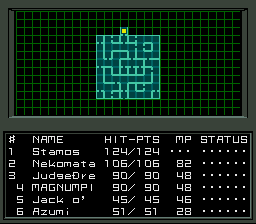
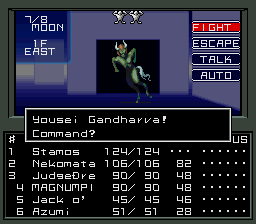
Wikipedia posted:
In Hinduism, the Gandharvas (Sanskrit: गंधर्व, gandharva) are male nature spirits, husbands of the Apsarases. Some are part animal, usually a bird or horse. They have superb musical skills. They guarded the Soma and made beautiful music for the gods in their palaces. A connection between their name and that of the Greek centaurs was proposed in the 19th century, but has met with strong opposition from some Indo-Europeanists.
In Hindu theology, Gandharvas act as messengers between the gods and humans. In Hindu law, a Gandharva marriage is one contracted by mutual consent and without formality.
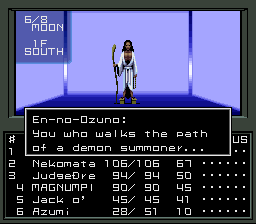
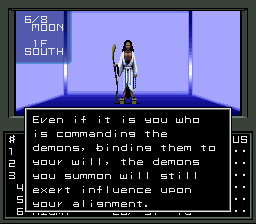

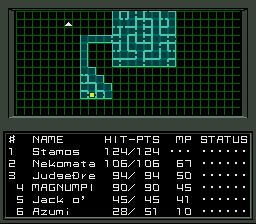
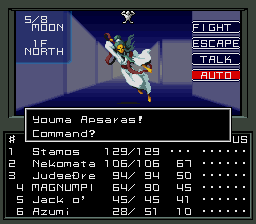
Wikipedia posted:
An Apsaras (Sanskrit: अप्सरा: apsarāḥ, plural अप्सरस: apsarasaḥ, stem apsaras-, a feminine consonant stem) or Accharā (Pāli), is a female spirit of the clouds and waters in Hindu and Buddhist mythology. Despite ending in -s, "apsaras" is to be construed as singular. The English plural is "apsarases".
In the Rig-Veda there is one Apsaras, wife of Gandharva; in the later scriptures there are many apsarases, created by Lord Brahma, who act as the handmaidens of Indra or the celestial damsels of his court who dance before his throne.
Natya Shastra lists the following apsarases: Manjukesi, Sukesi, Misrakesi, Sulochana, Saudamini, Devadatta, Devasena, Manorama, Sudati, Sundari, Vigagdha, Vividha, Budha, Sumala, Santati, Sunanda, Sumukhi, Magadhi, Arjuni, Sarala, Kerala, Dhrti, Nanda, Supuskala, Supuspamala and Kalabha.
Apsarases are said to be able to change their shapes at will, and specially rule over the fortunes of gaming and gambling. Urvasi, Menaka, Rambha and Tilottama are the most famous among Apsarases who are well versed in the arts of music and dancing. The total number of Apsarases at Indra's court is 26, each representing a distinct aspect of the performing arts. They can be compared with the ancient Greek muse. They may also, in their "Nature" capacity, be rendered comparable to the Greek nymphs, dryads, naiads, etc.
Apsarases are the wives of the Gandharvas, court servants of Indra. They danced to the music made by their husbands, usually in the various gods' palaces.
One of their duties is to guide to paradise the heroes who fall in battle, whose wives they then become. They are distinguished as daivika ("divine") or laukika ("worldly").
The Apsaras was associated with fertility rites. In Hinduism, the lower Apsarases (also Vṛkṣakas, dryads or tree-fairies) are sometimes referred to as nature spirits, who sometimes lured men to their deaths; cf. the Slavic Rusalki.
Apsarases are often depicted in Buddhist art as far afield as Cambodia and China, however their use as a common deocration was a khmer innovation. They are a common motif in the decorations of the Angkor temples.
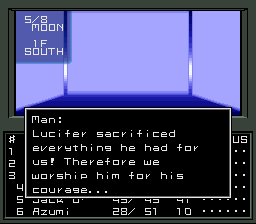
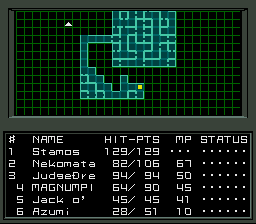
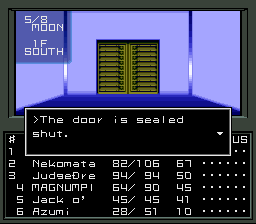
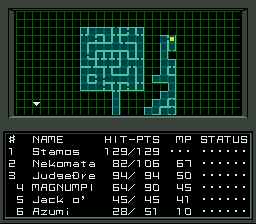
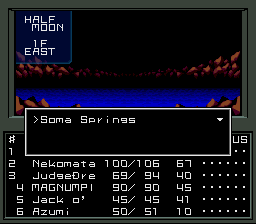
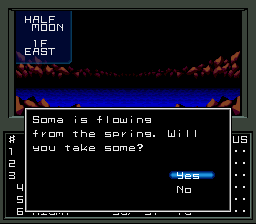
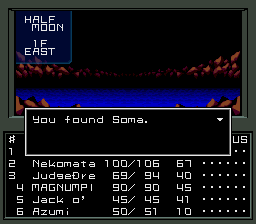
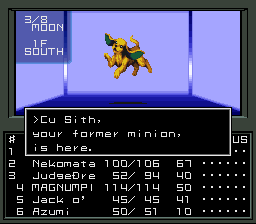
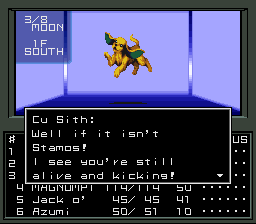
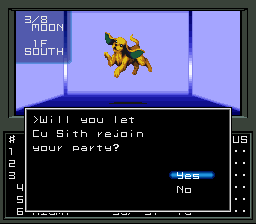
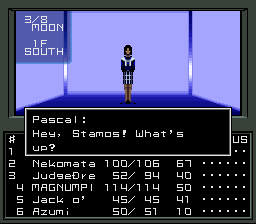
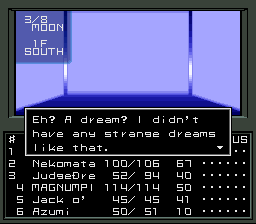
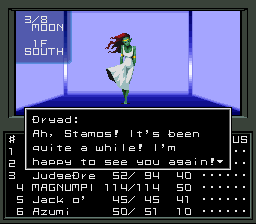

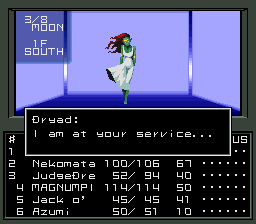
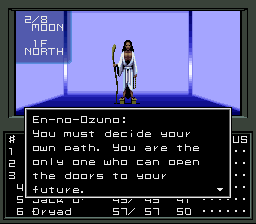
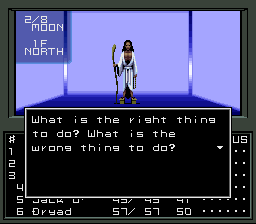
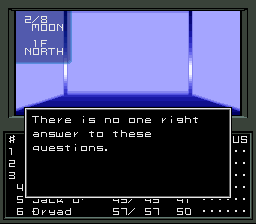
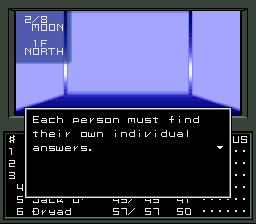
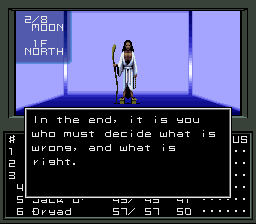

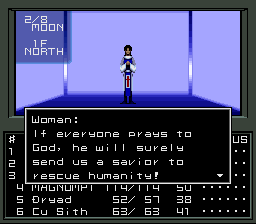
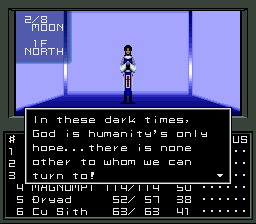
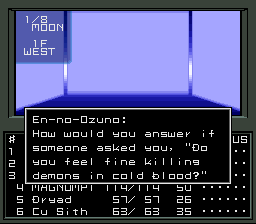
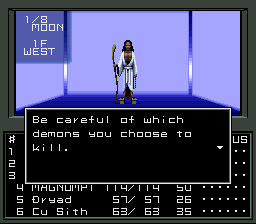
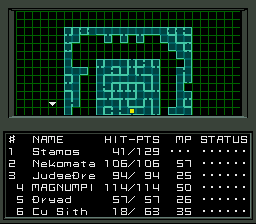
Oh. Damn.
Most of the demons in this area are neutral, not a single chaotic one (except the Azumis and only ONE has been seen), and the others are Law demons.
Oh well, I think that killing neutral demons can't have much of an effect.
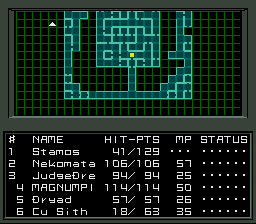
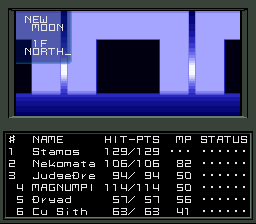
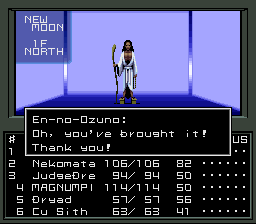
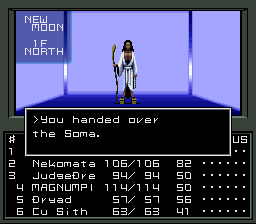
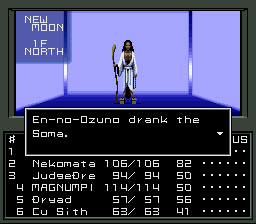
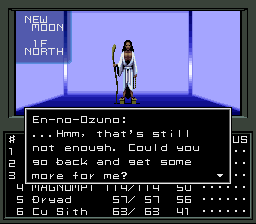
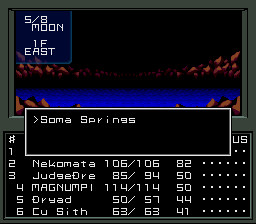
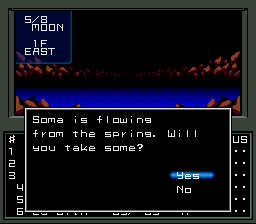


DAMN IT I SAID.
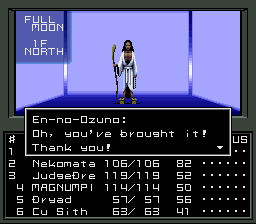

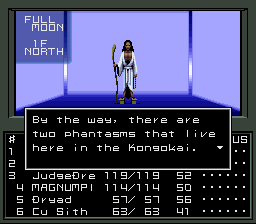
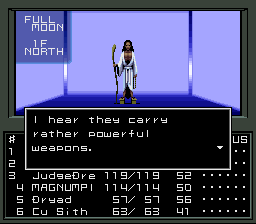
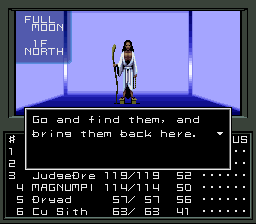

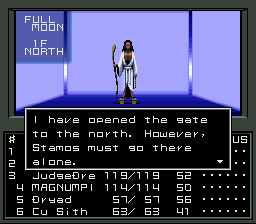
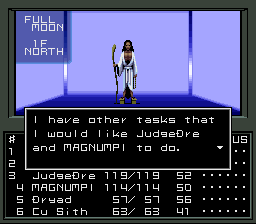
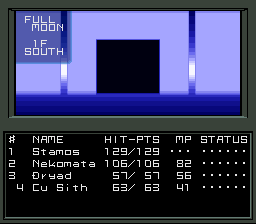
What wonders lie beyond the gate? What demons must Stamos fight and conquer?
In the next update we'll see.
